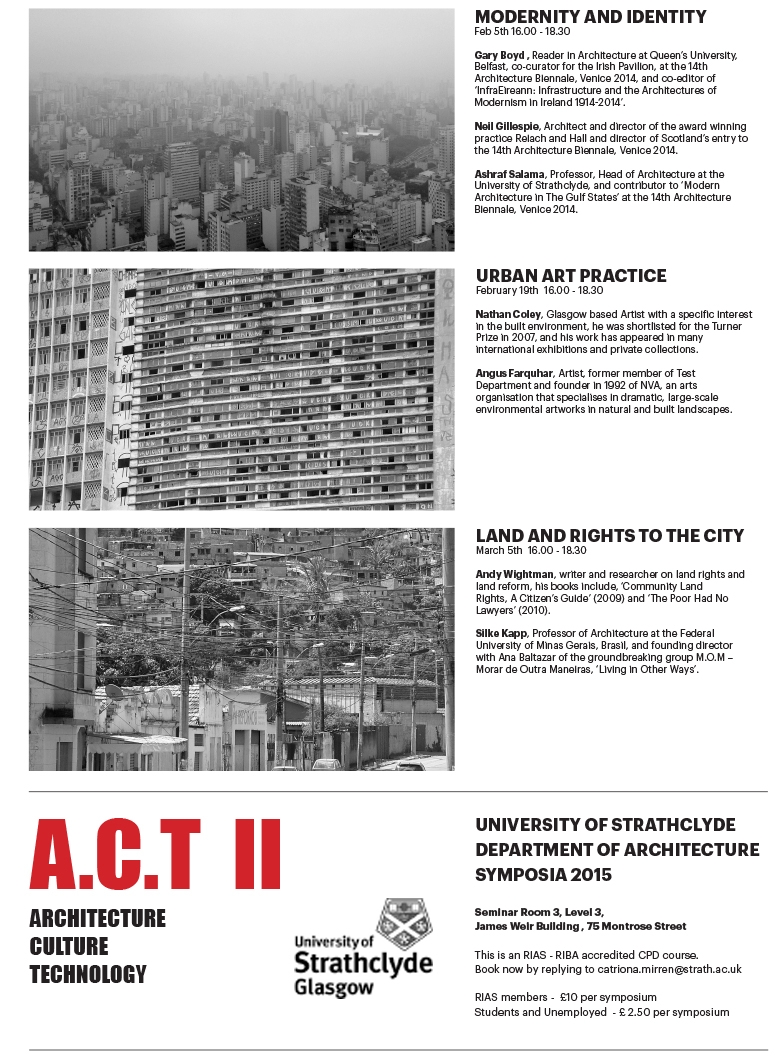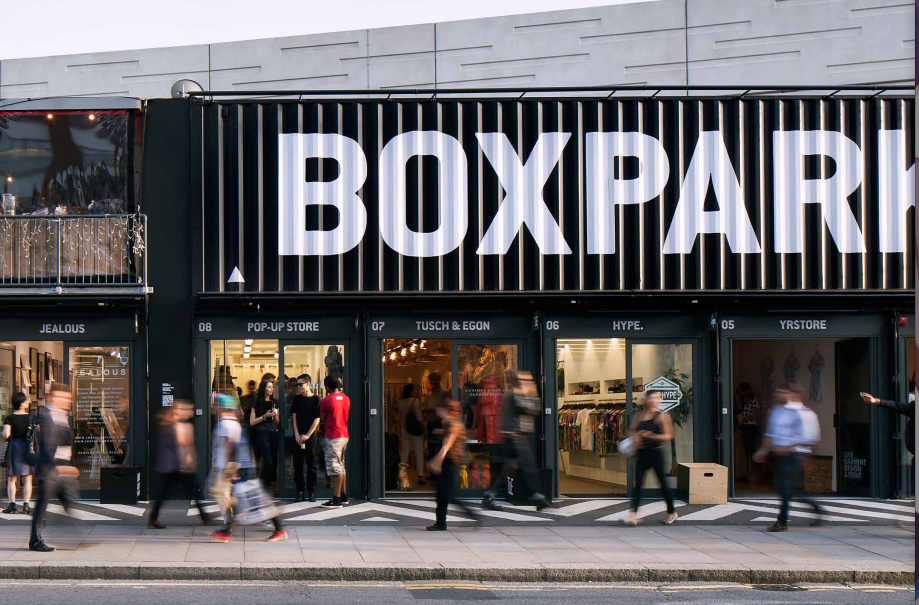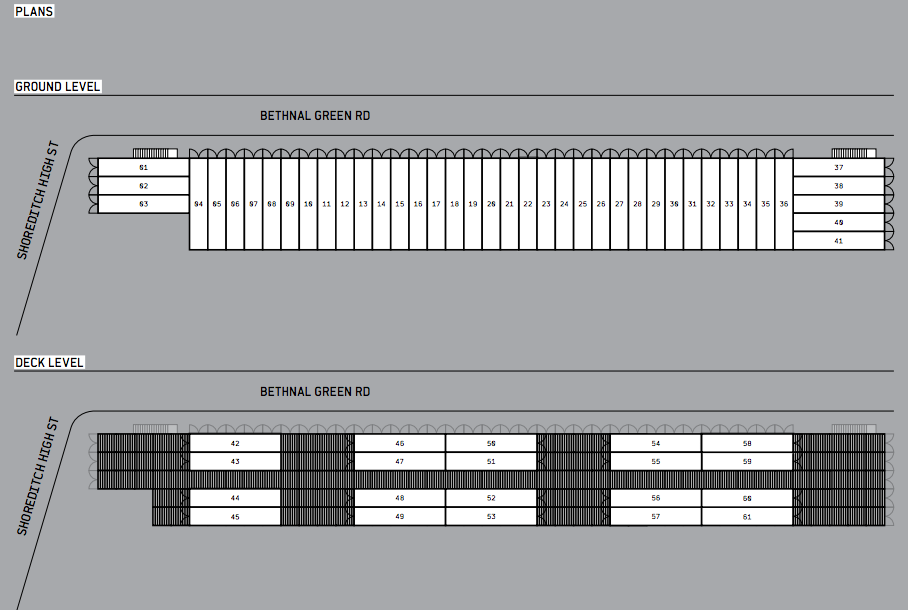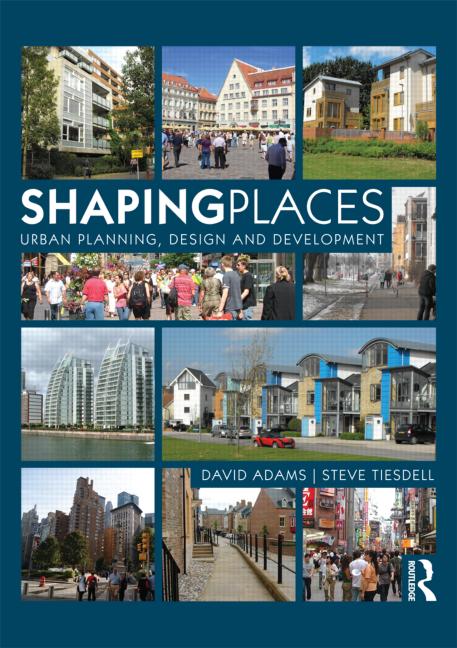Yasmin Ali
Urbanism // Design
Event Preview: ACT Symposia Spring 2015
January 20th, 2015
ARCHITECTURE CULTURE TECHNOLOGY Symposia Series
Strathclyde's Architecture school has announced their ACT programme for 2015, which builds on the success of last year's sessions. Award-winning artists, academics, artists, architects and writers have been invited for a carefully curated curriculum of Architecture, Culture and Technology seminars.
Current themes are:
- Modernity and Identity
- Urban Art Practice
- Land and Rights to The City
The series begins on the 5th of February with Modernity and Identity. Speakers on this theme include Gary Boyd, Reader in Architecture at Queen’s University, Neil Gillespie, Architect and director of Reiach and Hall and Ashraf Salama, Professor, Head of Architecture at the University of Strathclyde. All three esteemed speakers also have a connection to the Venice Biennale Architecture programme 2014.
Each session takes place on a Thursday evening, from 1600-1830. The symposia are open to all. For professional architects this is an RIAS-RIBA accredited CPD course.
Dates for sessions:
Modernity & Identity 5th February;Urban Art Practice 19th February;Land Rights to the City 5th March
Times: 1600-1830 for all sessions
Venue: University of Strathclyde, Department of Architecture, 75 Montrose Street
RIAS members - £10 per symposium; Students and unemployed - £2.50
For more information and to book please reply to catriona.mirren@strath.ac.uk
// Reviews to follow
BOXPARK, London: Retail starts in boxes...
October 19th, 2014
BOXPARK is dubbed as the world's 'first 'pop-up' mall', by streetwear brand BOXFRESH, founded in 1989, opened in East London three years ago. I'm visiting London so I took the time to go see it, as it has long been on my London to-do list. Its innovative concept looks like shipping containers on plan, and actually makes use of these in its construction.
Shipping containers have found popular repurposing in buildings of late, including notably Dundee's District 10, an office complex, but somehow still look fresh when seen in context. BOXPARK also has a strong digital brand and online presence, as well as plans to go cashless and pay soley via its app. While there, I visited resident streetwear and record brand MILLIONHANDS to return an online purchase, and it was all done smoothly at the touch of a computer button.
The mall has a streetscape at Ground level and an upper level foodcourt with a range of eateries including chains and one-off outlets, as well as communal picnic areas. There is also space for regular events and parties on the upper level. The retailers chosen at Ground level all have strong brands, including the independent labels, and many carry a generous 20% student discount to appeal to the youth vote Boxing clever, BOXPARK punches above its weight within its competitive locale of trendy Shoreditch.
Boxpark Website - here
// Images from BOXPARK marketing pack
Event Review: How Near is Here? Locality Programme, Collective
September 20th, 2014

'How Near is Here?' Intensive Programme / Tuesday 9 - Friday 12 September
| Collective |
| Session Review | Thursday 10am - 1pm
Last Thursday, I attended part of a intensive programme of talks, walks, workshops and discussions at Collective, centred around themes of Locality and consquent roles of public art and urban interventions within a given locale or local context. Key questions posed included:‘What constitutes the local now?’ and ‘What role does art (and culture) play in constructing a locality?’
The intensive programme and its symposium were titled 'How Near is Here?' and formed Collective Gallery's Summer School with attendees largely ECA Art graduates and professionals engaged in contemporary art practice and academia or community arts.
The workshop I attended was led by artist collective Eastern Surf, who presented an interesting series of work from their portfolio, including novel self-initiated projects such as The Meta Model, a 3D virtual model which brings together areas of work from disparate locations. It also exists as a 3D animated walkthrough and a physical architectural model. They explore similar themes in their in-situ work, Quartermile Render Ghosts. This satirical work saw the photography of people in poses similar to those in architectural visuals, walking through the housing development, posing questions as to the nature of architectural representation, public/private interfaces, and issues of surveillance and CCTV. This set the tone for the interactive workshop in which we produced paper and painted versions of rendered masks, emulating the style of facial detection and recognition software. We also explored the themes and ethos of identity camouflage which is a growing part of this dystopic vision of the future, with software currently piloted around the world, including America and New Zealand.

Above: Eastern Surf's Meta Model
Emma Balkind, PhD Candidate at Glasgow School of Art, was the respondent to this session, and presented a series of ideas around recent urban interventions, including the failed Aberdeen City Garden project, which was blocked by a private developer. Referencing sources as disparate as Hannah Arendt and Law on Common Lands, Balkind explore dialectics of Urban Vs Rural; Feudalism/Capitalism; Public/Private; The Common and The Enclosure, and The Virtual Vs The Physical. Her discussion also touched on aspects of inhabitation, land amenity and The Human Condition.
The settings provided food for thought; the gallery is part of The City Observatory on top of Calton Hill, having moved from its Old Town location over a year ago. With idyllic panoramic views of the city, as well as provocative changing exhibitions, the venue is well worth a visit.
// With Thanks to Collective
Goodbye Glasgow Games
August 4th, 2014

Forget Usain Bolt's runaway remark, Glasgow's Games were really positive, and not just for the sporting heroes and fans - here's a snapshot of the key cultural happenings to supplement the sporting events:
1. We Are Panel
Too many arts activities to do mention, but one standout strand was the souvenir project and programme run by Panel Glasgow, based in the foyer of South Block Studios. Every purchase received a special edition medal set of Tunnock's Teacakes.
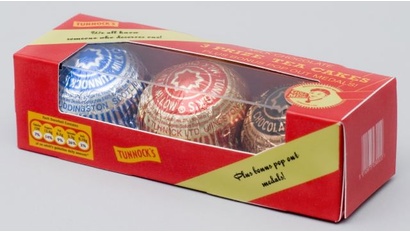
Special Edition Teacakes by Tunnock's
2. The Empire Cafeì
Across the way over at The Briggait, The Empire Cafeì held a series of discursive and reflective events exploring Scotland's connection with the Slave Trade, reminding us of the historic disparity in fortunes within the Commonwealth. Its beautiful, minimalist branding by Graphical House has had the design circles talking.
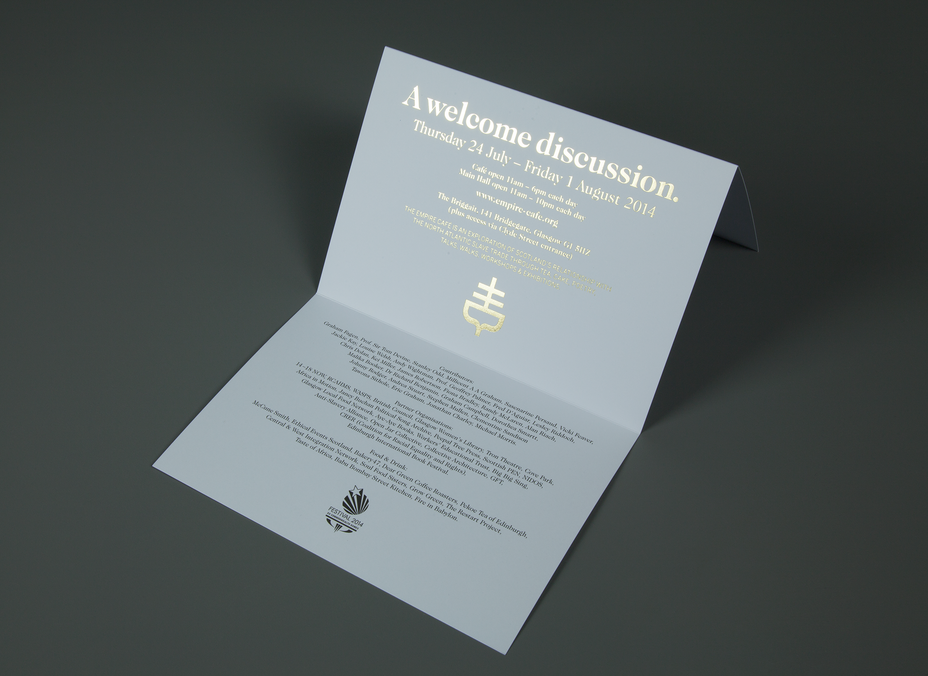
The Empire Cafeì Branding by Graphical House
3. Glasgow Mix Tape
On the rainy penultimate day of the Games, East End Social hosts a gig on The Green with a bill glittering with Glaswegian stars to be proud of - all for free.
4. Pop-up events and premises
There were lots of interesting pop-up stalls as part of Shedzone within the Green, and also along High Street. The Pop-up Fish Plaice Kitchen & Bar has been particularly successful and had its run extended until the 14th.
5. Last but not least...Legacy
It's not just about those 11 days - there is a programme in place to extend the regeneration initiatives catalysed by The Games, as well as the conversion of The Athlete's Village.
// Read more about it at www.legacy2014.co.uk

Book Review: Shaping Places
March 22nd, 2014
The core of Shaping Places: Urban Planning, Design and Development explores why this is essential, and how it can be delivered, by linking a clear vision for the future with the necessary means to achieve it. Crucially, the book argues that public authorities should seek to shape, regulate and stimulate real estate development so that developers, landowners and funders see real benefit in creating better places. Key to this is seeing planners as market actors, whose potential to shape the built environment depends on their capacity to understand and transform the embedded attitudes and practices of other market actors.
The premise of the main thesis is the requirement for 21st century town planners and civic leaders to be skilled in understanding the political economy of real estate development and successful in changing its outcomes through smart intervention. Drawing on a strong theoretical framework, the book reveals how the future of places will come to be shaped through constant interaction between State and market power.
Shaping Places is a well-considered textbook that explains how cities can work with the real estate development framework and cycle to help create attractive and prosperous places to live and work. It relates the role of market outcomes and economics to quality of life and therefore place, and economic outcomes as a vehicle and precursor to successful and sustained urban regeneration and development.
This is a cross-sectoral publication that bridges interrelated fields of Urban Design and Policy, Property and Real Estate Practice Management, and City Planning and regeneration. This is a correlation well-established in the University where the authors originate, with dual stream degree programmes with curricula overlapping content from City Planning and Real Estate Development, as well as a unique Masters’ programme accredited by both the RTPI and RICS. The book is aimed at students and career professionals and academics of these subjects, and is well illustrated with colour diagrams and photographs. The text is contextualised by a range of case studies, including international examples.
// Shaping Places: Urban Planning, Design and Development, Routledge, RRP £30.99 paperback


